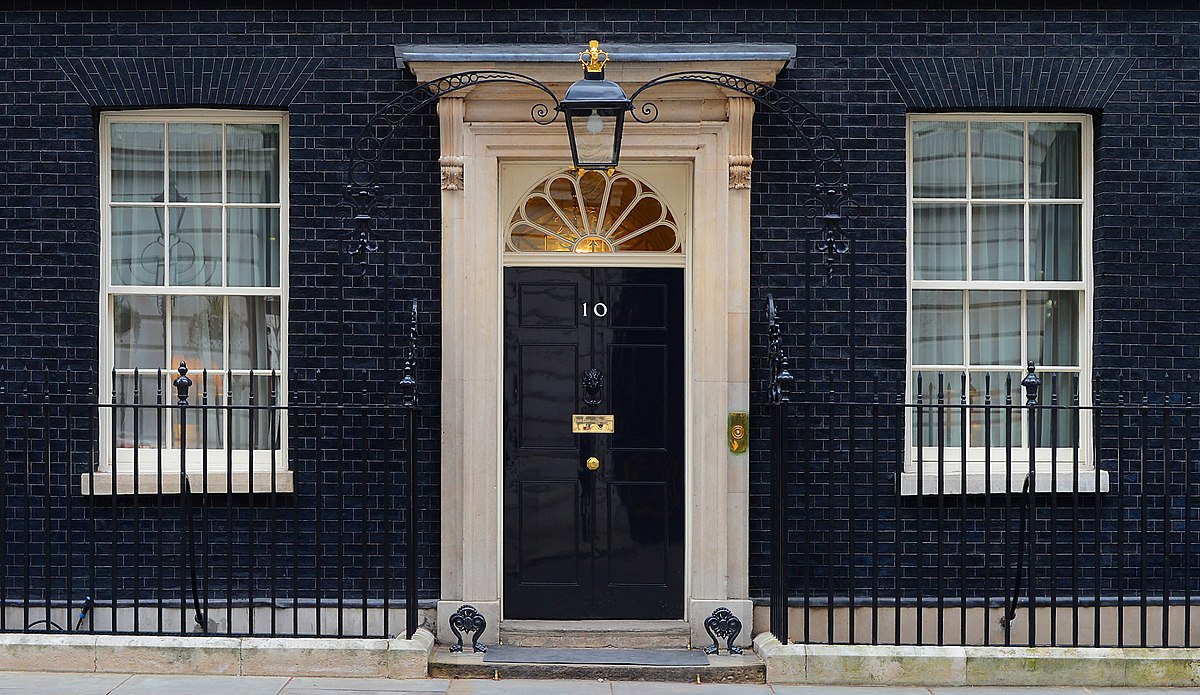Repost from MoneyExpert.
Could you be overpaying on business water?
Since April 2017, the business water market in England was deregulated, fully opening up to competition.
From then on, businesses have been able to choose which company they want to buy their retail water services from.
This includes a variety of services, like billing, account management, meter reading and water efficiency advice.
Ofwat closely monitor and regulate the market to protect business customers, for example by setting limits on the price that customers pay if they don’t switch or renegotiate a new deal.
How does the business water market work?
The market works much like other open utility markers, like for gas and electricity. Retail suppliers buy wholesale services, such as the physical supply of water or the removal of wastewater. They then offer packages to sell to their business customers.
Who are the market’s key players?
- Retail suppliers – these suppliers compete for your custom.
- Wholesalers – the companies which own and operate the network of water pipes, mains and treatment works. They sell water and wastewater services to the retail suppliers.
- Open Water – this is the government’s programme which aims to open the new business retail market. Open Water is led by three organisations – Ofwat, Defra and MOSL. The programme shares information about the market with business customers.
- Defra – the Department for the Environment, Food and Rural Affairs.
- Ofwat – they are the economic regulatory body for the water sector. They are also the market’s licensing authority. In order to offer water services to customers, suppliers must first be awarded a license by Ofwat.
- MOSL – the Market Operator, who makes sure that the market functions simply and efficiently. They facilitate the transfer of customer information when said customer switches retail supplier.
- WICS – the Water Industry Commission for Scotland is responsible for regulating the water market in Scotland.
Changing water supplier – what are the benefits?
Switching to a new water supplier comes with a host of benefits for your business. For example:
- You can request consolidated and electronic billing, making your water bill easier to pay back. What’s more, you can ask for more frequent bills, allowing you to monitor more closely your business’ water usage.
- You can also obtain consumption and billing data to whatever standard you would prefer, including online self-service.
- You may also receive better customer service, as you would have the choice of competing your supply, rather than receiving customer service just from your local supplier.
- You could save money by choosing a more cost-effective supplier.
- If you have multiple sites in different areas, you could streamline your bills by choosing one supplier for all sites.
How to switch
The process of switching water suppliers is easy and simple, so it’s well worth doing if you want to take advantage of all of the benefits that come with it.
- Find the right supplier for your business: Write down everything that you’re looking for in a water supplier, from good customer service to getting help with water efficiency. You should then look through Open Water’s online catalogue of providers to find one that meets all your requirements.
- Get a quote: when you’ve found your ideal supplier, make sure their price is also ideal for your business. Have your Supply Point Identification (SPID) number on hand. You can find this on your latest water bill.
- Sign up: sign an agreement with your new supplier. Normally, they will contact your current supplier to let them know that you’re moving. When switching supplier, you will need the following essential information on hand:
- Your organisation’s name
- Your business’ address, including postcode
- Your annual water consumption
- Contact name at the premises
- Contact phone number for your premises
- Desirable but not essential is your unique property reference number, demand profile and annual spend
How to increase your business’ water efficiency
Water is a precious and finite source – less than 3% of earth’s water is fresh, and only 0.3% is readily accessible. In the UK, businesses account for 25% of water usage, so it’s important that every business is conscious of how much they’re using.
Benefits of water efficiency
- Saving water can cut down your energy bill, as the two are closely linked. For example, when you run a tap, energy is used to pump the water.
- You can save other resources too. It takes five litres of water to run a lightbulb or one plastic bottle. Reducing your business’ water consumption can therefore help you save in other areas.
- The less water you use, the bigger savings you will see on your bill. Even the smallest changes can have a tangible impact.
Understanding your current water usage
Before you can come up with a plan to become more water efficient, you need to understand your current consumption. This can help you to understand how and where water is being used on your premises, allowing you to target key areas.
- Take a meter reading: take these readings frequently over one month, at the beginning and end of each day.
- Look at your previous bills: if you notice that your consumption varies a lot without there being any obvious reason for this, then leaking of faulty equipment might be the culprit, or your bill might be inaccurate. If this is the case, then further water audit or an investigation may be required.
Implementing water saving devices
Taps:
- Automatic taps: these can save you up to 70% compared to manual taps. This is because a lot of water is wasted when a tap is turned off and on manually. With an automatic sensor, it takes 0.5 seconds to turn a tap off and on. These taps also remove the problem of drips.
- Spray taps: these can also save you up to 70%. With spray taps, water is forced through small hole filters, creating a spray. This decreases the amount of water that runs through your taps.
Toilets:
- Dropping cistern water: this is often done by placing a brick in the cistern and can save up to 5,000 litres of water per year.
- Dual flush technology: this can save up to 70% of water.
- Passive infrared sensor: this can save up to 75% of water involved in flushing urinals.
Other things to think about:
- Banning bottled water: by replacing bottled water with water fountains, you can reduce your water costs by as much as 50%
- Rainwater storage tanks: you can save money by capturing and recycling rainwater. We get plenty of it in the UK, so why not exploit it? Storage tanks range in size, so you can get the right one to suit your business premises.
Ready to save on your business bills?
We search offers with your best interests in mind.
Browse the latest business water deals in seconds and see how much you could save.
Deals are found instantly and always tailored to your business and budget.
Whether you’re looking to save on VoIP, card payments, or more, we can help you find a better deal today.




